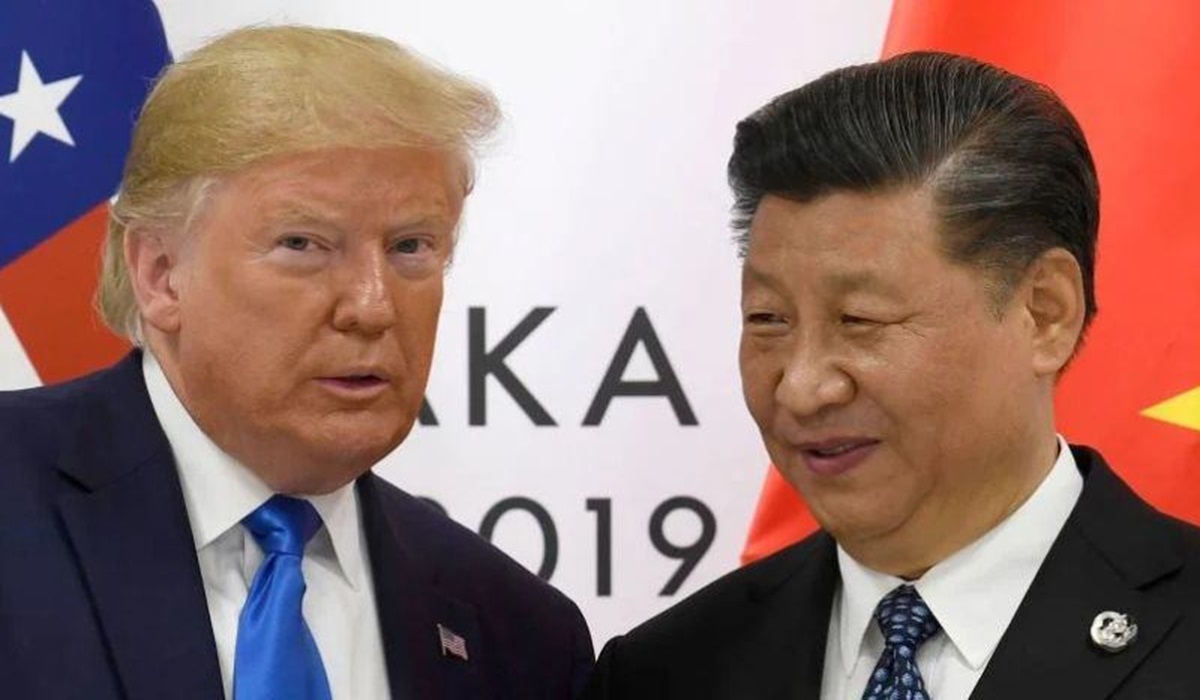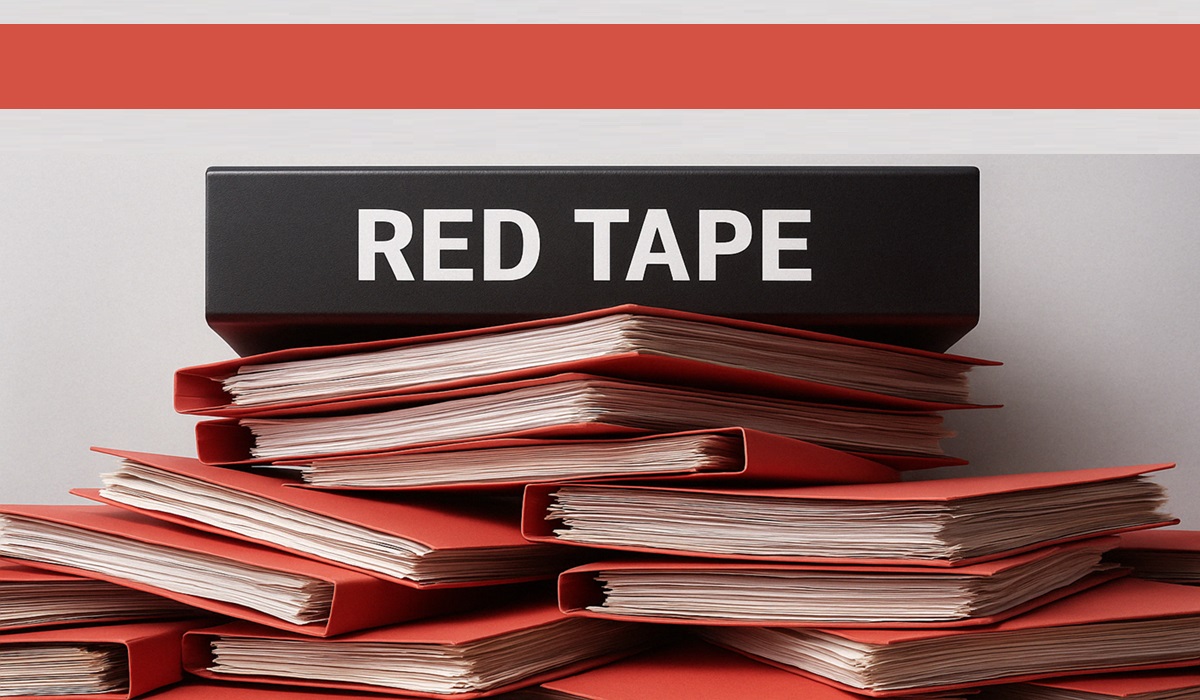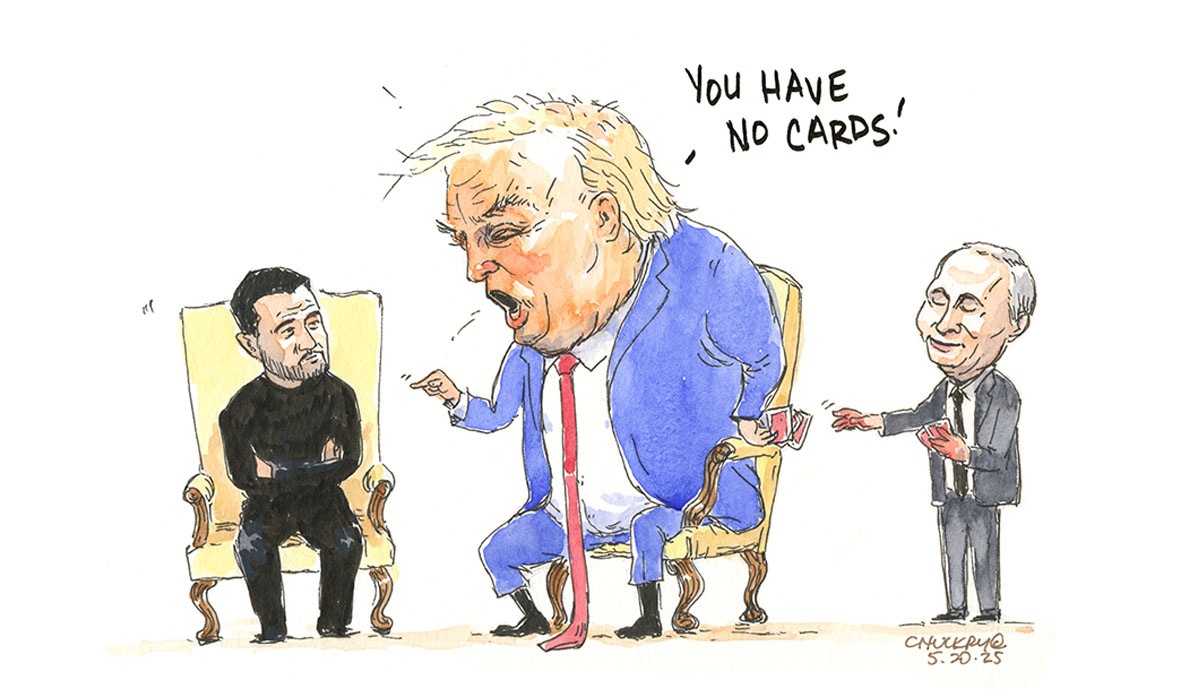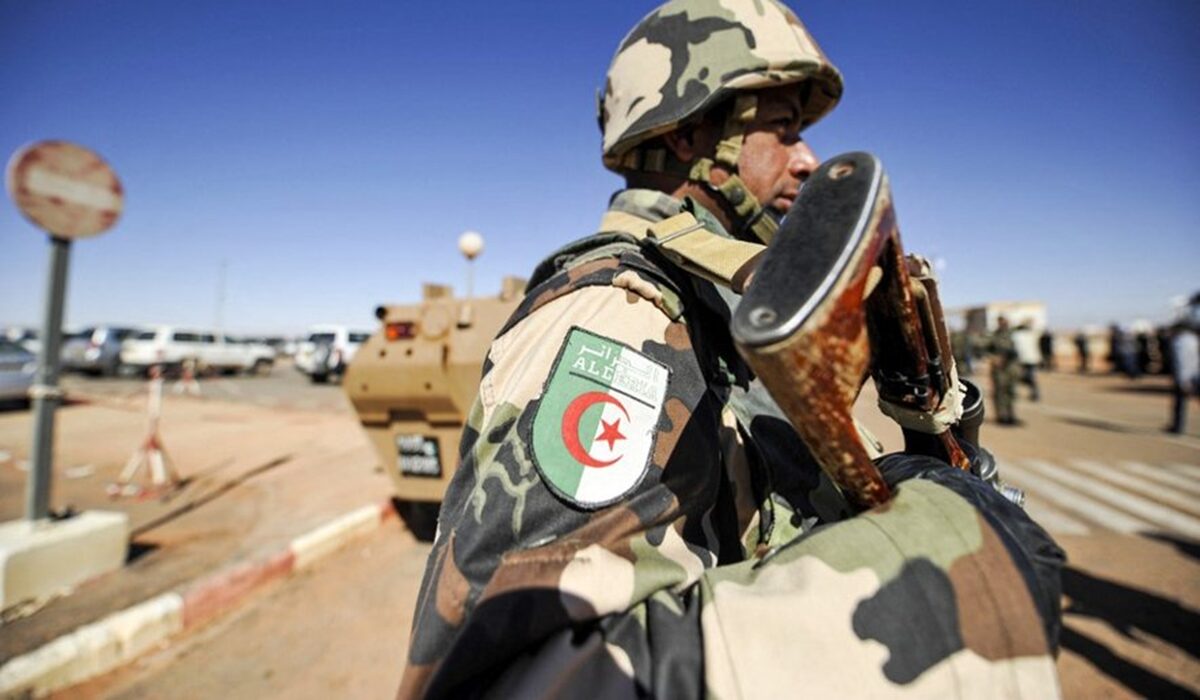Poilievre Shows Commanding Presence as Federal Leaders Clash in First French Debate
- TDS News
- D.O.C Supplements - Trending News
- April 17, 2025
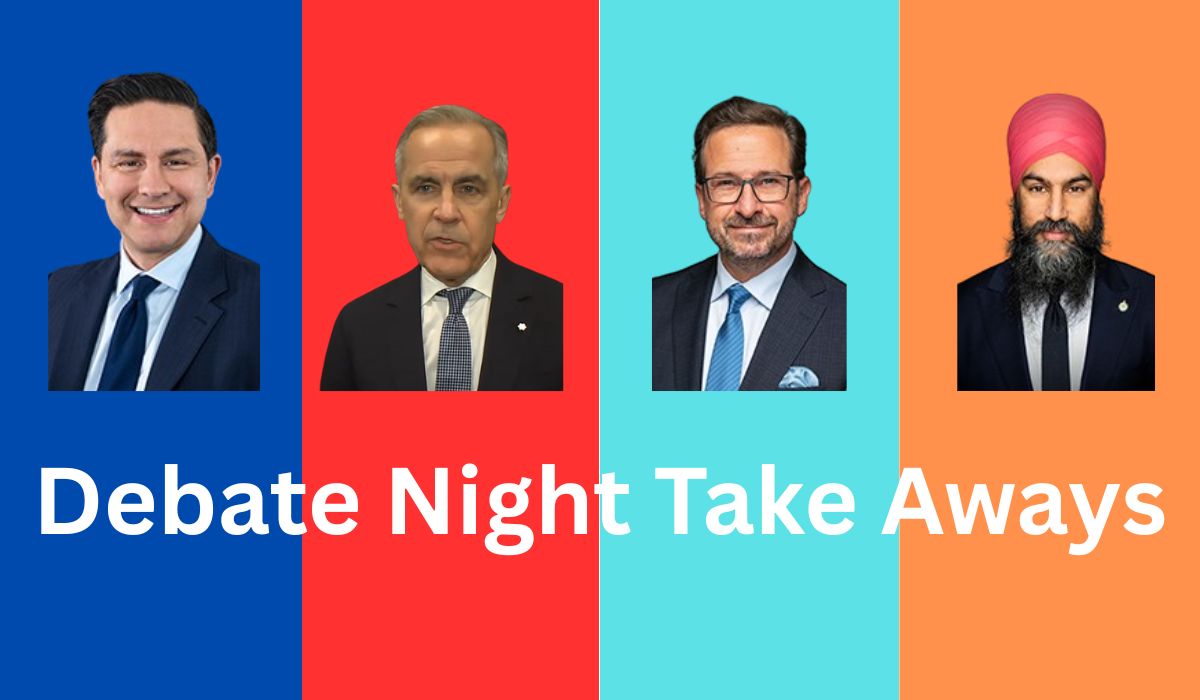
In the first of two federal election debates, the leaders of Canada’s major political parties squared off Tuesday night in a French-language showdown that laid bare the political stakes heading into the April 28 vote. The 90-minute exchange, held in Montreal and broadcast nationally, was packed with moments of intensity, clashing visions, and few surprises—but the biggest question of the night lingered in plain sight: could Conservative leader Pierre Poilievre look like a prime minister-in-waiting? Based on the reactions so far, the answer was yes.
While the debate featured four party leaders, the election narrative is increasingly narrowing to a two-horse race: Poilievre’s Conservatives and Mark Carney’s Liberals. The Bloc Québécois, represented by Yves-François Blanchet, remained focused on Quebec-specific issues and sovereignty rhetoric, while Jagmeet Singh’s NDP struggled to break through as the party continues to sag in national polling. The Green Party, despite having been invited earlier, was disqualified from participation after failing to run enough candidates to meet debate commission thresholds.
From Gaza and foreign policy to inflation, the oil sector, and trade disputes with the United States, the questions covered a wide range of pressing national and international topics. Trump loomed large—his tariff war and antagonistic trade posture with Canada made him a common reference point for leaders attempting to frame their economic and diplomatic approaches.
Mark Carney, in his first federal debate appearance as Liberal leader, came across nervous and uncomfortable in French, fumbling through several answers. His nervousness was noticeable, and his past record as a former central banker—not his brief time as prime minister—was what really stood out. Carney spent more time defending his resume than putting forward bold new ideas, giving Poilievre space to hammer away at Liberal fatigue and economic stagnation.
Poilievre, by contrast, came in sharp. His answers were concise, assertive, and largely disciplined, even when under fire. He managed to stay on message, presenting himself as a credible alternative to the Liberals without leaning too heavily on populist language. For many, this was the real test—could the Conservative leader look not just like a fighter, but like a leader? In this first debate, he met that threshold.
Singh’s performance was consistent with his usual style, hitting progressive themes hard, but the NDP’s national relevance is fading. With poll numbers in decline and limited presence in Quebec, the night served more as a platform to reassert moral positioning than to shift electoral momentum.
Blanchet, always comfortable on this stage, played to his base, delivering polished responses aimed squarely at Quebec voters. But outside la belle province, his party’s influence remains capped.
The timing system used during the debate drew criticism from both viewers and analysts. Leaders frequently spoke over one another, but for the most part, the moderator kept the discussion on track. Several candidates complained mid-debate that their allotted time was being inconsistently enforced, a distraction in an otherwise important forum.
As the first of only two debates this campaign, last night’s clash carries weight. There was no knockout blow—but there were clear impressions. For Carney, the pressure is growing to prove he’s more than a figurehead with global credentials. For Poilievre, the bar was to look like a future prime minister. He did. And in an election that is shaping up to be a referendum on Liberal rule versus Conservative change, that matters more than anything else.



